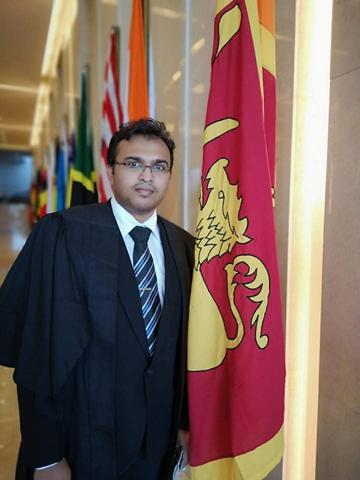On searching for patents:
Quote:
There's more than one way to describe the same mathematics, and as a result you can't reliably find all the patents that might apply to a given design. For instance, there was a patent in the US covering natural order recalculation in spreadsheets. This simply means that when it's time to recalculate everything it does each cell after the cells it depends on... and that way recalculating everything once, it gets consistent results.
[...]
[The patent] didn't mention the term "natural order recalculation", it didn't use the word "spreadsheet". In fact, what this patent covered was the algorithm known as "topological sort". This patent has dozens of different claims and each claim describes one way of setting up that program. I'm sure he tried to find every possible variation and make another claim about each possible variation so there would be no way anyone could implement topological sort without getting sued by him.
But the patent did not mention the name "topological sort" even though that's the name that's been used for this algorithm since the 1960's. So, if you had been working on a spreadsheet and you had tried to search for patents relevant to spreadsheets you would not have found this one. The only way you would have known about this patent was if somebody happened to mention to you that people were getting sued... and they were. So you can't expect searching to find you all the patents that might in fact prohibit a given program.
On the purpose of patents:
Quote:
Patents are written in a twisted kind of legal language where the words don't mean what they usually mean. It's hard as a non-expert to understand what the patent prohibits. Sometimes it's hard for anyone to understand.
[...]
According to [an Australian study on patents], a tiny fraction of engineers -- a few percent -- ever read patents. One of the supposed purposes of the patent system is to disclose how to do things, but in fact patents provide such poor information about how to do anything and are written in such a way as to make it so hard to extract that poor information that it's generally not worth the trouble. And engineers know this and they don't. And they quoted an engineer saying "I can't recognise my own inventions in 'patentese'."
Clearly, a patent application is not an academic paper.
On pending patents:
Quote:
Patent applications now being considered are kept secret by the patent office. They may issue as patents tomorrow or a year from now, and there's no way you can find out. You can't check. So, there might be nothing that tells you a certain thing is forbidden or is going to be forbidden. You'll write it into a program, you'll release the program, people will start using it, and then you find out it's forbidden.
On this matter, the US PTO itself states:
Quote:
Most patent applications filed on or after November 29, 2000, will be published 18 months after the filing date of the application, or any earlier filing date relied upon under Title 35, United States Code. Otherwise, all patent applications are maintained in the strictest confidence until the patent is issued or the application is published. After the application has been published, however, a member of the public may request a copy of the application file.







